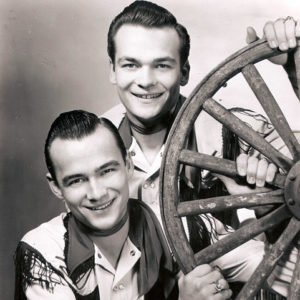 Wilburn Brothers
Wilburn Brothers
Entry Type: Group
 Wilburn Brothers
Wilburn Brothers
Wilburn Brothers
 The Wildflowers
The Wildflowers
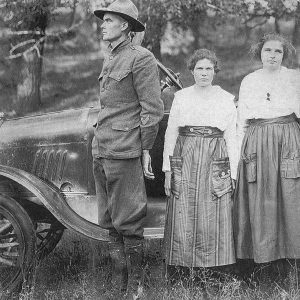 Williams Family
Williams Family
Willis Shaw Logistics
 Williwaw War Troops
Williwaw War Troops
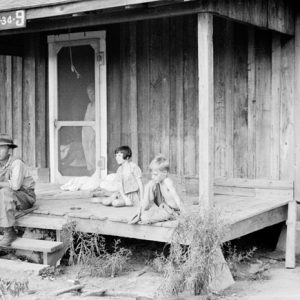 Wilson Plantation Sharecroppers
Wilson Plantation Sharecroppers
 Betty and Gene Wirges
Betty and Gene Wirges
Wittenberg, Delony & Davidson Architects
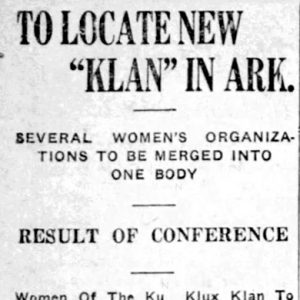 WKKK Article
WKKK Article
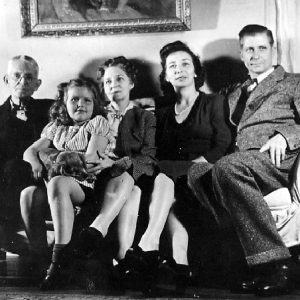 Wolf Family
Wolf Family
 John Quincy Wolf Jr. and Father
John Quincy Wolf Jr. and Father
Woman’s Christian Temperance Union (WCTU)
aka: Arkansas Woman's Christian Temperance Union
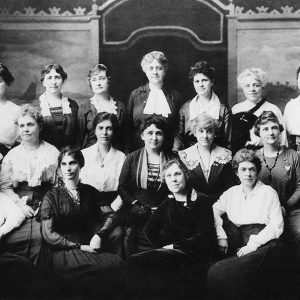 Woman's Committee
Woman's Committee
Women for Constitutional Government (WCG)
Women in the Civil War
Women in the Southern Tenant Farmers’ Union
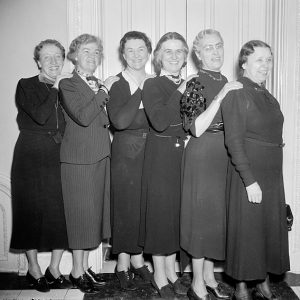 Women of the 75th U.S. Congress
Women of the 75th U.S. Congress
Women of the Ku Klux Klan (WKKK)
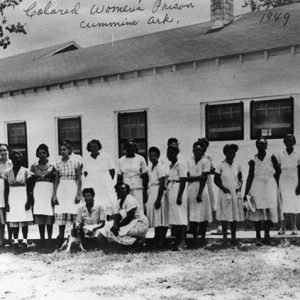 Women Prisoners
Women Prisoners
Women’s Action for New Directions, Arkansas Chapter
aka: Arkansas WAND
Women’s Auxiliary Army Corps (WAAC)
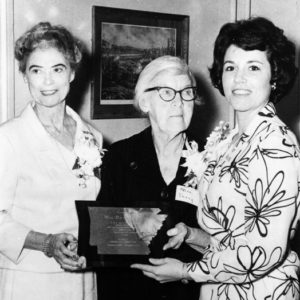 WEC Members Brewer, Terry, and House
WEC Members Brewer, Terry, and House
Women’s Foundation of Arkansas
Women’s Library
Women’s Project
Women’s Emergency Committee to Open Our Schools (WEC)
 Wonderland Cave
Wonderland Cave
Woodruff County Historical Society
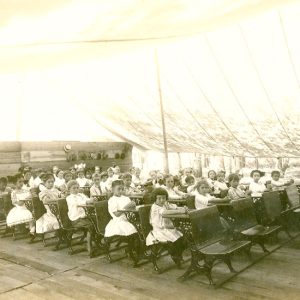 Woodruff School
Woodruff School
Wool Hat Boys
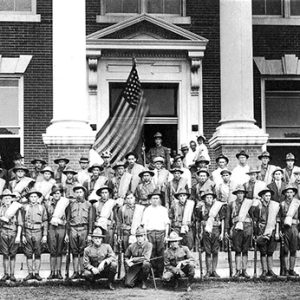 World War I Soldiers
World War I Soldiers
 World War I Soldiers
World War I Soldiers
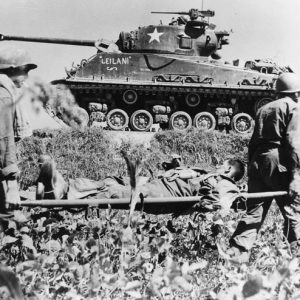 Wounded Soldier in Korea
Wounded Soldier in Korea
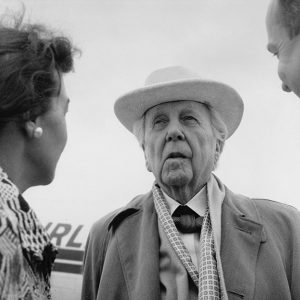 Greeting Frank Lloyd Wright
Greeting Frank Lloyd Wright
Wright’s Arkansas Cavalry (CS)
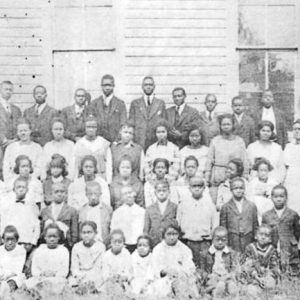 Wynne Institute
Wynne Institute
XV Club
 Yellville City Council, circa 1930
Yellville City Council, circa 1930
Young Women’s Christian Association (YWCA)
aka: YWCA
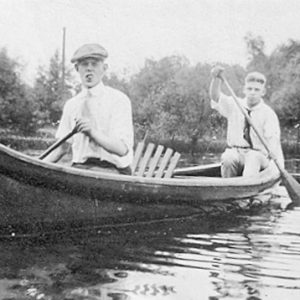 Paul Young
Paul Young
 Robert Younger Family
Robert Younger Family




